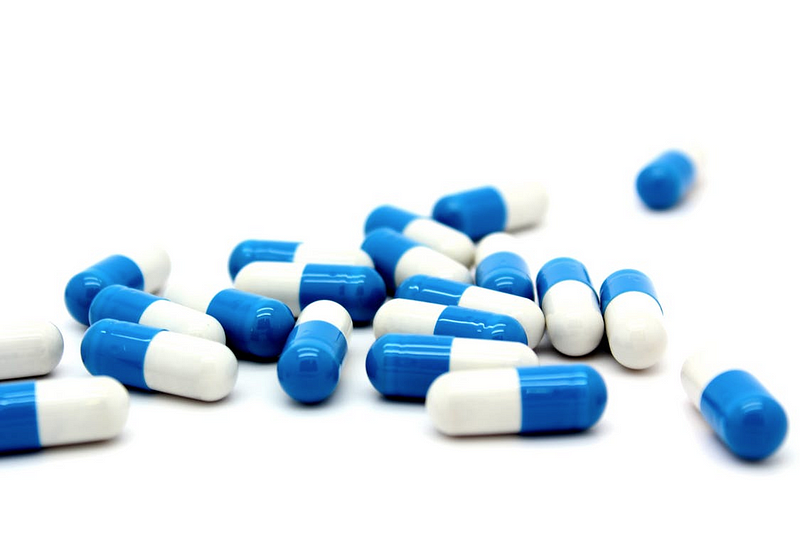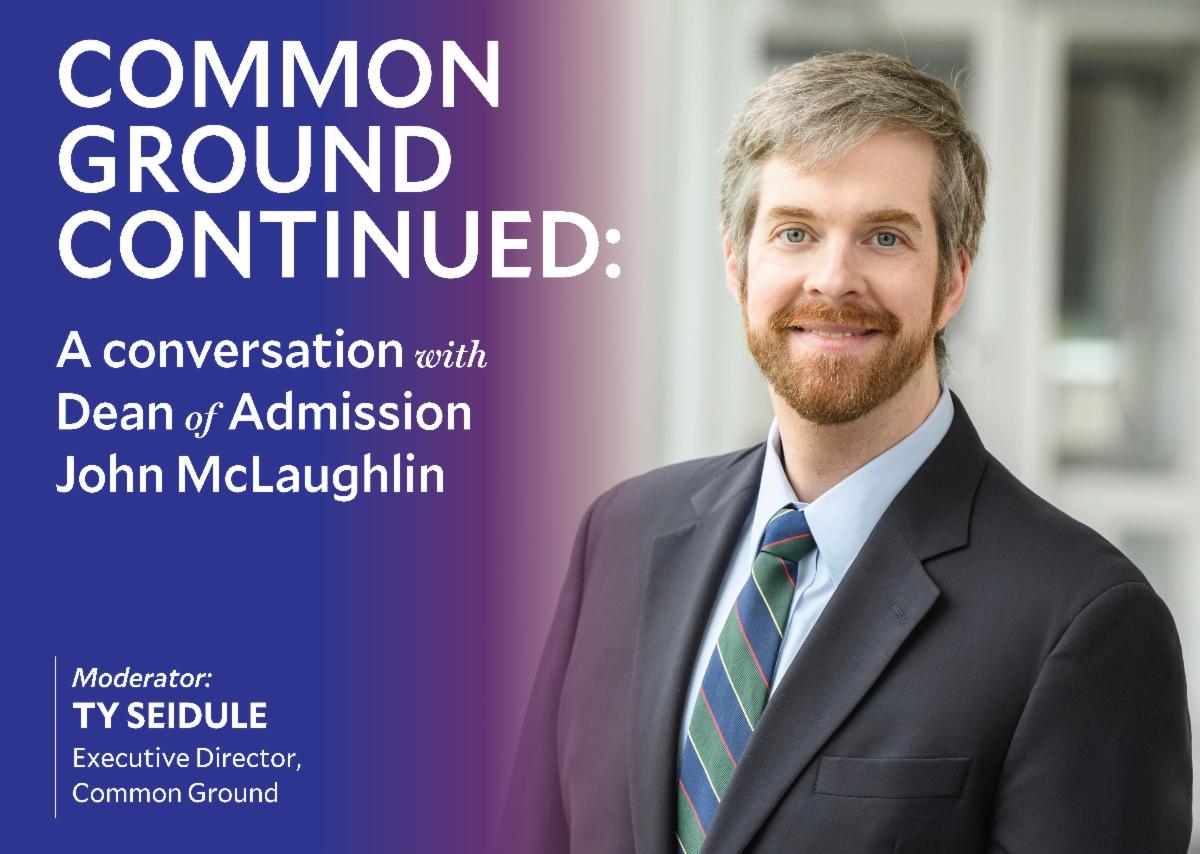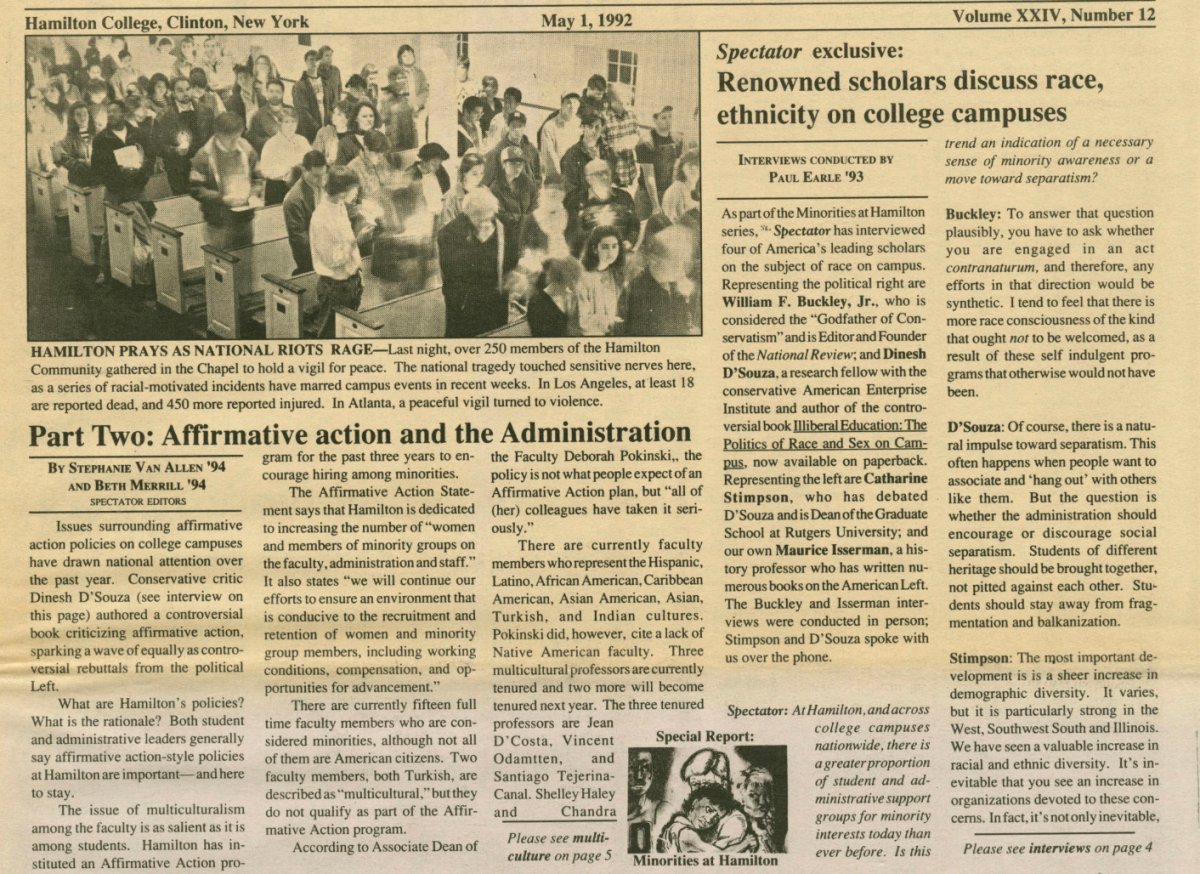
www.pixabay.com
“Hey are you still selling Addy?” is a phrase that has become common on college campuses nationwide. The unprescribed use of Adderall in recent years has risen dramatically, resulting in abuse of the substance and an increase in emergency room visits. The misuse is highest among 18–25 year olds who are getting the drug from family members or friends who do have a prescription for the drug.
Adderall is the brand name for the drug dextroamphetamine-amphetamine and is typically prescribed to people with conditions of attention deficit/hyperactive disorder and narcolepsy. The appeal of the drug is that it can make you happy, reduce your appetite, reduce fatigue, and increase your attention span. It is a feel-good speed drug that works as a performance enhancer.
Scientifically, Adderall works by stimulating the central nervous system which is useful for people with ADD/ADHD because they suffer from a lack of dopamine, a key chemical in the brain’s reward center. This means that people with ADD/ADHD are constantly seeking stimulation. Amphetamine, a key chemical used in Adderall, works by releasing dopamine so that minor distractions do not cause people to lose focus.
In those without the disorder, it simply enhances one’s ability to focus on tasks. However, the short term side effects of Adderall are dangerous and should not be taken lightly. They include sleep disruption and an increased risk of mental health problems such as depression, bipolar disorder, and aggressive or hostile behavior.
There is an additional risk of cardiovascular issues such as high blood pressure and strokes, warranting a black box warning from the Food and Drug Administration. The black box warning is the strictest warning used in prescription drug labeling, indicating there is a serious hazard associated with use of the drug. People continue to normalize the use of the drug due to its increasing accessibility despite the dangerous side effects that have warranted such a strict warning.
The need for this drug among college students stems from the fact that we live in a hypercompetitive world. The competition does not end when we are accepted to college or get the job of our dreams. We are trained from birth to always want more, told that we can always do better. The creation of private preschools, special programs in elementary schools, and the general culture of boarding schools all introduce the concept of human capital value to us at an extremely young age. We are consumed by the idea that we are never good enough and the universal desire to do better leads us to drugs such as Adderall.
My dad used to joke that when he was in college kids would do drugs to check out, while today, we do drugs to check in. This says a lot about the society we currently live in, specifically in America. The United States diagnoses more kids with ADD/ADHD than anywhere else in the world, with 11 percent of American children currently diagnosed. Not only does the United States have a tendency to over-diagnose ADD/ADHD in young individuals, but it has normalized and increased the accessibility of drugs such as Adderall.
Amphetamine was first sold on the market as Benzedrine, a drug used to clear sinuses. It did not become a problem in America until the 1930s when college kids looking for a cheap way to get high began removing the amphetamine strips from the Benzedrine inhalers and putting them in coffee or chewing them. In 1937, the American Medical Association approved amphetamines in the form of a Benzedrine Sulfate tablet. This was used for the treatment of narcolepsy, postencephalitic Parkinsonism, and minor depression. The demand for amphetamines only continued to grow as they were widely used by anyone wanting more energy or to stay awake for long periods of time. This included soldiers in World War II, truck drivers, and college students.
As the consumption continued to soar in the 1960s, a public outcry eventually led to the Controlled Substances Act (CSA) Title II of the Comprehensive Drug Abuse Prevention and Control Act of 1970. This was a federal policy under which the manufacture, importation, possession, use and distribution of certain narcotics, stimulants, depressants, hallucinogens, anabolic steroids and other chemicals were regulated.
Despite the actions taken to prevent the distribution of the drug, it continues to run rampant throughout our society. What is the main cause of this? It is not the medical conditions for which it is prescribed, but the increased value placed on human capital by the meritocracy of America.
The necessity in our culture to constantly do better and constantly compete creates a toxic environment in which people are willing to reach to the extremes in order to succeed. The only plausible way that this issue will come to an end is if our society begins to slow down and place more value on the psychological well-being of people rather than their capital value, something that I cannot foresee in our near future. However, the first step towards finding a solutions is recognizing the problem in our society. If you are interested in learning more, watch “Take Your Pills” the Netflix documentary.

















